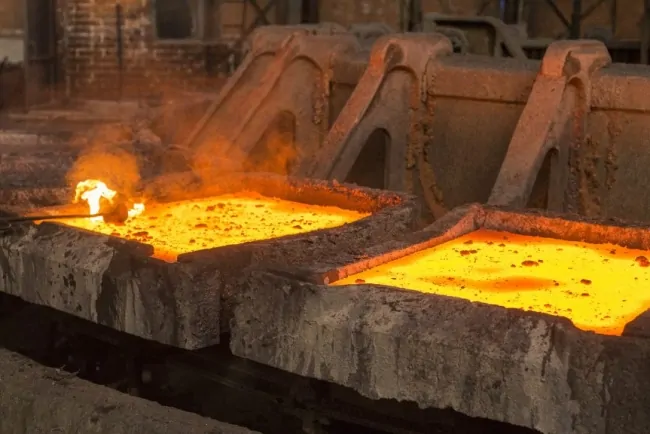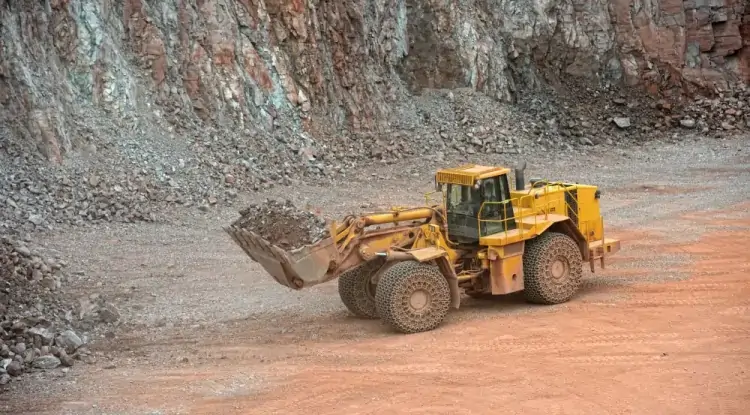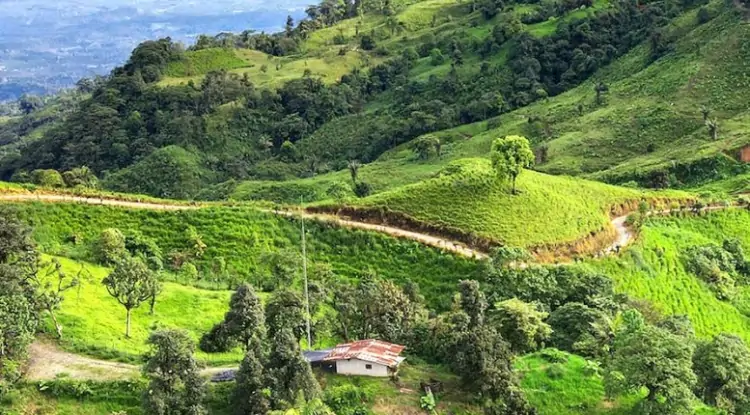TNM Drill Down: Ora tops weeks gold assays at Garden Gully
Our TNM Drill Down features highlights of the top gold assays of the past week. Drill holes are ranked by gold grade x width, as identified by our data provider Mining Intelligence.


Ora Gold (ASX: OAU) reported last week’s top gold assay from the high-grade Crown Prince prospect at its Garden Gully project in Western Australia. On June 28, Ora reported that drill hole OGGAC488 returned 40 metres grading 17.53 grams gold per tonne, from a depth of 30 metres for grade x width value of 701.2. The result was from the South-Eastern Ore Body (SEB), a key growth area at Crown Prince. The company has now received one-third of assays from its 44-hole, 3,213- metre program that was drilled in June. “These results will be used in an upcoming resource estimation,” said Ora Gold CEO Alex Passmore. “All data received so far suggests the SEB zone mineralisation commences at surface, is high-grade over good widths and hence is likely to show robust economic outcomes in any conceptual mining scenario.” Garden Gully sits on a 217-sq.-km tenure package of gold prospects in the Abbots Greenstone Belt. Among other sites of historical production in the belt, Crown Prince (formerly known as Kyarra), produced about 21,000 oz. of gold grading 21 grams gold. The prospect hosts indicated resources of 218,000 tonnes grading 4.3 grams gold for 30,000 oz. and inferred resources of 261,000 tonnes at 3.1 grams gold for 26,000 ounces, according to a 2019 estimate.
The week’s second-best assay came from western Colombia. On June 27, Collective Mining (TSXV: CNL) reported that hole APC-55 at its Guayabales project returned 792.2 metres grading 0.88 gram gold per tonne, for a width x grade value of 697.2. The hole extended the strike length of the Apollo copper-silver-gold porphyry system to the northeast, with dimensions now measuring 455 metres by 395 metres by 915 metres. This year’s phase 2 program at Guayabales has consisted of 24 holes. The drilling is aimed at defining high-grade mineralization, Apollo’s dimensions and expanding its size with step-out and directional drilling. Since the discovery hole was made at Apollo in June 2022, about 23,907 metres across 55 holes have been drilled. “I am excited about the prospect of what the Guayabales project will deliver in the second half of 2023 as we embark on the aggressive growth phase of our 2023 drilling program where expansion of the Apollo porphyry system and making a new discovery are our top priorities,” said Collective CEO Ari Sussman. The pre-resource Guayabales is located in Colombia’s Middle Cauca mineral belt and adjacent to Aris Mining’s (TSX: ARIS) Marmato mine.
The third best assay of the week came from New Found Gold’s (TSXV: NFG) Queensway project in Newfoundland. On June 28, New Found reported that hole NFGC-23-1279 returned 8 metres grading 30.8 grams gold from 87.2 metres depth, for a width x grade value of 244.8. The result expands the high-grade segment of the Keats-Baseline Fault zone at the Iceberg zone, which was discovered in March and lies about 300 metres northeast of the Keats Main zone. Chief operating officer Greg Matheson said encouraging results keep coming from Iceberg and Iceberg East, expanding their high-grade envelope along strike and down-dip. “With exploration largely focused in the top 150 metres of vertical depth, we believe there is a lot more to uncover about this developing zone,” he said. The latest drill holes are part of a 500,000-metre program at Queensway, with about 61,000 metres of core awaiting assay results.














